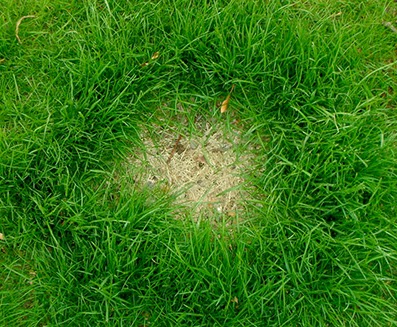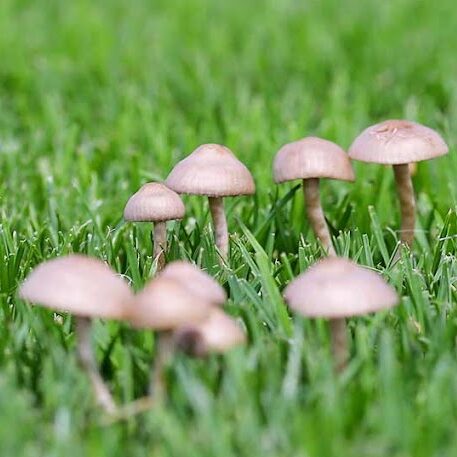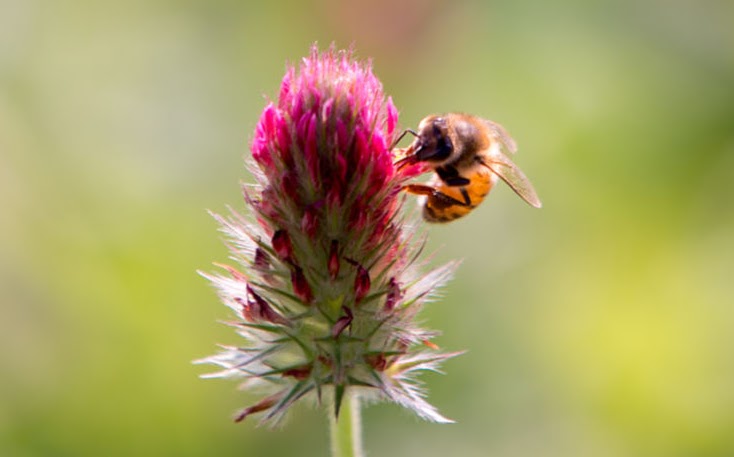7/6/18 – Matt Rohman
Rain
Forecast – When there is rain in the forecast, we have to play our treatments by ear. We check radar before starting each lawn to prevent our treatments from getting rained on too soon – they are usually rain safe within 15-30 minutes.
Too much – Over saturated turf is difficult to traverse by foot and can be rutted by machines. We’ll walk/survey lawns before treating to make sure they are ready to go. Continually damp turf also creates conditions that cause grass diseases which we watch for. Too much rain can be as bad as too little.
Too little – Grass needs water to survive and thrive. When conditions get dryer, grass needs less and less fertilizer to maintain color – putting down to much fertilizer can cause damage when conditions are too dry.
Wind
We don’t want our spray to drift to where it shouldn’t be – at best it’s wasteful, and at worst we can damage desirable plants. Each product we use has a different limit when it comes to wind. This is usually between 10 and 15 mph measured at spray level – about 2 feet off the ground.
Temperature
Too hot or too cold for our products to be effective – If the weeds have gone dormant from either high heat (90*+) or freezing temps, they wont take in our weed control. We wont be causing damage but won’t be doing any good either.
Warm overnight temperatures, especially combined with damp conditions, cause many lawn diseases that we watch for.
Humidity
Too much to work – If the humidity and temperature make it unbearable to be outside, we catch up on equipment maintenance in the shop.
Too little for spraying – in very low humidity, combined with higher temperatures, spraying anything on the lawns (even water) can cause burning of the grass blades. The liquid flash dries and pulls moisture out of the grass blade. This damage is temporary as the grass grows out of it but can look bad up to a week.




